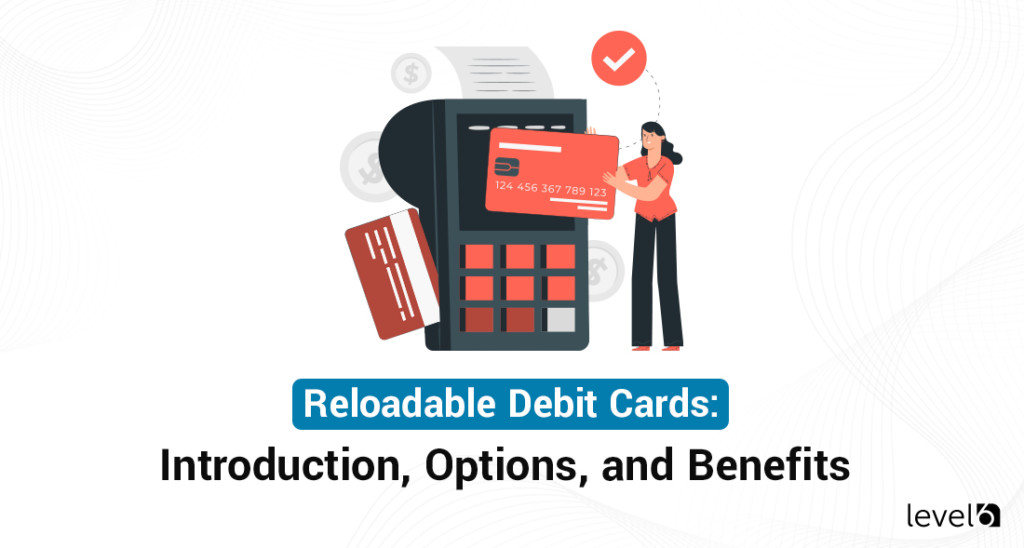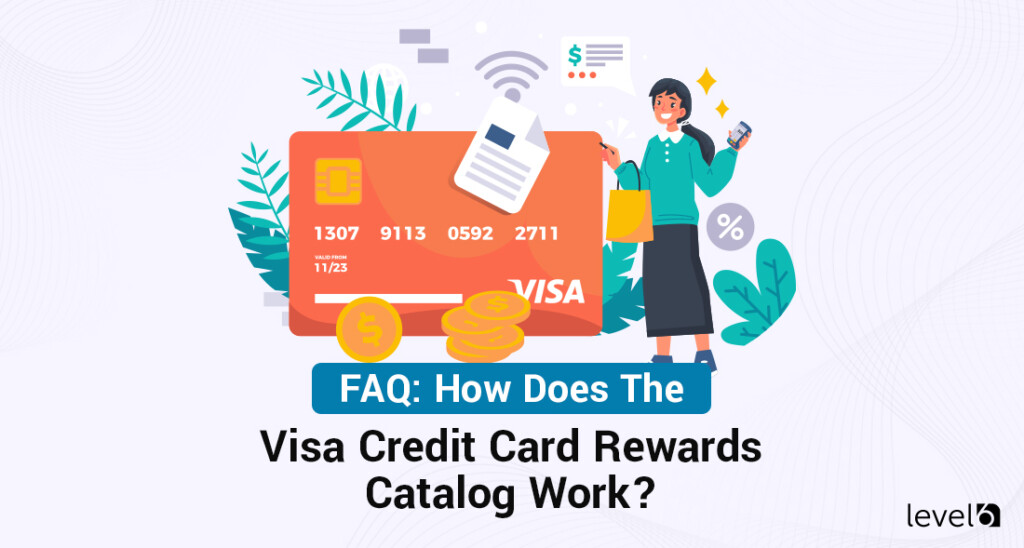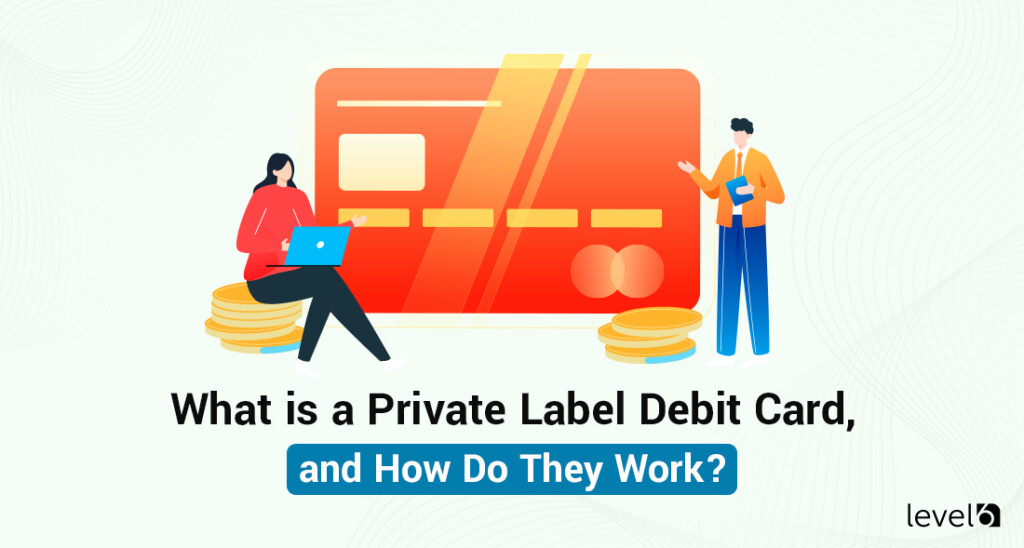If you’re reading this article, you’re probably in some sort of a leadership role at your company or organization. Maybe you’re a small business owner, or a C-level executive. Maybe you’re a department head or a sales manager. Regardless of the specifics, there’s one thing that holds true across the board: Managers, executives, and business owners all have a pretty good sense of how they want their department, organization, or company to operate.
You’ve got the experience necessary to understand the lived experience of a good portion of your department and/or company, and you have a sense of the different tasks and responsibilities that people are juggling. In a managerial or executive position, though, it can be easy to end up absorbed in the big picture and forget about all of the individual cogs working together to keep the machine functioning. Take a minute and picture all of those cogs, though. Think back to what it was like as an entry-level sales rep or customer support specialist.
Now, consider your co-workers in that position. Some of them probably did a better job than others. One sales rep would outperform another, or one customer service rep would take twice as many calls in a day as somebody else. Were these people gifted with otherworldly talents? Probably not. Sure, some people are better at sales than others, and one person might be more efficient on the phone than the next. But hard skills and soft skills alike can be learned. If someone wants to get good at something, they can. It’s not a question of innate talent, it’s a matter of motivation.
That’s the bottom line with any organization, no matter what sector it’s in or how big it is. If a company’s employees and channel partners are motivated, that company will excel. If its team is pessimistic, disinterested, and unmotivated, that company will struggle.
At this point, then, you might be wondering how to implement your first incentive program. In upcoming articles, we’ll move on to more complexity and specifics. First, though, we need to draw an important distinction between two types of incentives: incentive rewards, and recognition awards.
Incentive Rewards
On the surface, an incentive reward and a recognition reward sound pretty similar. In reality, though, the two are quite different. While they’re intended to serve the same purpose—motivating your team to perform at an optimal level—they’re implemented in different ways and can have vastly different effects.
Incentive rewards are an excellent way to change the behavior of your employees, and they’re the primary focus of this article . As we’ve already discussed, incentives are at the bottom of much of human behavior. It doesn’t matter whether you’re talking about the economic, social, or moral aspects of human behavior, it all comes down to positive and negative incentives. And, as we’ve seen, positive incentives are generally much more effective than negative ones.
One of the best ways to offer positive incentives to your employees is through the implementation an employee rewards program. Multiple programs can run side by side in your organization, too. This can be especially useful for larger companies with a large number of teams and departments.
Looking to learn more about an incentive, rebate
or reward program for your business?
Curious about costs?
Try our instant pricing calculator:
There are all sorts of options available to you when it comes to setting up an incentive rewards program. At the end of the day, though, the big picture is pretty similar. Incentive rewards programs are intended as a form of bonus compensation, and that bonus compensation exists according to fixed rules. Under ideal conditions, everyone in your organization knows exactly what rewards are available to them and how to achieve those rewards — what benchmarks they’ll need to hit to receive their bonus compensation. Employees then become intrinsically motivated to hit those goals, thanks to the reward structure. The goals and benchmarks can vary drastically from one department or company to another. The benchmarks for a sales department will likely look pretty different from those in a customer service department, for example.
Cash-Based vs. Points-based Rewards
Before we look at each type of reward option, there’s a separate decision you’ll need to make first: Do you want to offer your organization cash-based rewards, or use a points-based rewards system to keep them motivated?
One of the biggest advantages of a cash-based system is simplicity. Incentivizing employees with cash can be as easy as setting thresholds for achievement and cutting some checks. For small businesses with very limited incentives needs, a cash-based program might make the most sense.
That said, there are a lot of advantages to a points-based system, and it’s what we often recommend to our clients.
A points-based system doesn’t necessarily mean that you must offer merchandise rebates through an online portal or something similar. Points can simply be redeemed for cash, which is almost as simple as a straight cash-based system. Even under these circumstances, though, points offer several advantages.
For one thing, there’s something intangible but markedly different about how it “feels” to receive a points-based reward. Your employees already get a paycheck, right? And in the case of your sales team, they’re likely already receiving commission checks based on their sales performance each quarter. Particularly in the latter case, simply adding on another cash incentive on top of existing commissions can sometimes have a negative effect. It muddies the waters, and employees can end up confused about the difference between their existing commission and this “new incentive program” that “somebody up in corporate” has decided to introduce. How exactly is this different from the commission checks they already get?
A points-based reward system gives employees the impression that they are getting something above and beyond a commission. Sure, they might just be switching those points out for cash straight away, but the act of receiving the points and then “cashing them in” via an online portal can help set the experience apart from their standard bi-weekly pay or quarterly bonus.
Lastly, points help to foster healthy competition. Depending on your company culture, people might not feel comfortable comparing their relative achievements in terms of dollars. Your sales superstar may be proud of what they’ve accomplished (and happy about the balance in their checking account), but they probably wouldn’t drop a dollar figure over a casual lunch conversation. With points, though, this taboo is removed. Of course, everyone knows what points are equivalent to. But this is one of those quirks of human behavior that you can use to your advantage. Employees will be much more likely to brag about their points achievements, which can make high-level rewards appear more within reach for employees who are struggling to keep up. If my buddy two cubicles down can do it, so can I, right?
Once you’ve decided whether you want to go with a cash-based or points-based system, you’ll need to choose how the points are distributed.
Prepaid Branded Debit Cards
Whether you’re using a points-based or cash-based system, one of the easiest ways to pay out rewards to employees is via a prepaid branded debit card.
You might wonder what advantage this has over simply cutting a check. That would be cheaper, faster, and easier, wouldn’t it? There’s nothing wrong with rewarding an employee with a check. But prepaid branded debit cards carry with them all sorts of benefits.
One major advantage of using a branded debit card is the “branded” component. Depending on how your company handles its payroll and accounting, you may not even issue physical checks. If you also pay out rewards directly with cash, all an employee will ever see is a bank deposit. Within days, that money will have been commingled with their existing funds to a point where it’s no longer recognizable.
This doesn’t mean your employee or channel partner won’t still be happy about the reward. But it does mean that the shelf life of that feeling is pretty limited, and the odds of them holding it in their mind’s eye as a continued motivating factor at work are fairly low.
With a prepaid branded debit card, things change. Employees will use the card many times over the course of weeks or months. Each time they pull it out of their purse or wallet, they’ll be reminded of the reward itself and the behaviors associated with the reward (higher sales, better customer satisfaction, or whatever the case may be). They’ll grow to associate that modified behavior with the pleasure that comes as they make purchases.
Setting up a prepaid branded debit card rewards system is easier than you might think. In its simplest form, you can order cards in bulk, and simply hand them out as needed. However you implement them, the brand affinity from your logo constantly appearing in front of your recipients is hard to beat.
Reloadable Branded Debit Cards
A reloadable branded debit card works in much the same way as a prepaid one, but is reusable. A prepaid card is a one-and-done sort of reward. Once the balance is spent, your recipient will toss the card and won’t be able to use it again. With a reloadable card, you can top off the balance every time an employee hits a certain benchmark.
You’ll save money because you’ll need fewer cards, and reloadable cards can be personalized with an employee’s name. In this sense, the reloadable card is more of a personal, customizable gift than a prepaid debit card.
Virtual Debit Cards
Both of the previous card options have the advantage of being tangible. You can actually place them in the hands of a recipient, look them in the eye, and thank them for their hard work. The connection this creates can be highly effective for further incentivizing the new behavior you’re encouraging the employee to develop. And as we’ve already mentioned, having a physical, branded card in their possession will remind them of the connection between their behavior, the incentive they’ve received, and your company. This effect will occur each and every time they use the card.
But consider for a moment how common online shopping has become, with 80% of Americans now shopping online. Some people cite added selection as their primary motivation for going online instead of heading to a local store. But, more often than not, people are shopping online for one simple reason: It’s more convenient.
When you’re shopping in a retail store or having a meal at a restaurant, pulling out a physical card when the bill arrives is par for the course. But when shopping online, most people have their credit card information already stored in their computer. They’ll enter it once, and their browser will autofill the information whenever they go to make a future purchase.
So it’s easy to see how some recipients may not end up handling the physical card that you give them on a regular basis if they’re making most of their purchases online. Thus, a virtual debit card can be a viable alternative to a standard, tangible card.
You may have already had and used a virtual debit card. If you’re not familiar with them, though, they’re exactly what they sound like. Rather than possessing an actual physical card, a virtual debit card is simply a collection of the same information contained in a standard card. Typically, the recipient is emailed a copy of the card information, including the number, the expiration, and a security code. It’s even possible to pay with a virtual debit card in person, depending on the store. Some retail outlets will honor a virtual card, allowing you to show them an image of the card and virtually “scan” it at checkout.
Why go with a virtual card over a physical one? Apart from the convenience, virtual debit cards are cheaper to implement. There’s no physical card to order, print and send, thus reducing overhead costs, and issuing them is faster and easier. If you’re running a large organization with hundreds or even thousands of employees, hand delivering—or even mailing out—hundreds of physical cards isn’t just expensive, it’s also time-consuming. With virtual debit cards, you can issue rewards to your employees instantly. Refilling the card is fast and easy, too. Plus, virtual debit cards pair well with points-based online portals. Once an employee exchanges the points they’ve accumulated for cash, they can use their virtual debit card instantly to make a purchase using the portal.
An important note: We’ve found that most organizations opt for a physical prepaid or reloadable card because the tangible feeling of your brand in the recipient’s hand is unmatched. There isn’t a right or wrong choice; we’re simply illustrating the continuing popularity of physical cards even in the age of the iPhone.
Recognition Awards
Incentive rewards have many advantages for incentivizing changes in employee behavior, but they’re not the only way to do so. Recognition awards are another option. At first glance, it’s easy to confuse the two and not just because they sound similar. They both reward employees and channel partners for a job well done, and they both assist in effective behavior modification. But they are surprisingly different in terms of implementation and potential effects.
Employee incentive rewards are highly specific. They’re typically tied to a particular activity—such as selling an item—and are often replicable over time. For example, a company selling shoes might decide to run an incentive program for their salespeople. To sell a particular model of shoes during the holiday rush, they offer a $10 reward for every pair sold. This type of an incentive reward is open to every single salesperson, and there’s every reason to believe that dozens (if not hundreds) of salespeople will each receive at least some level of reward.
Recognition awards are actually the opposite of this scenario, at least in some ways. For one thing, recognition usually involves actual competition. Sure, it’s possible for employees to get competitive with an incentive rewards program like the one mentioned above. A little friendly competition can be helpful, as your team members can synergistically encourage one another to increase their level of performance during the period of time that the rewards program is in place.
With recognition awards, though, the competition is much more overt. Whereas the number of incentive rewards recipients is essentially unlimited, employee recognition awards are usually only handed out to a small number of participants. Imagine a sales force dealing with much more expensive items than shoes, such as the sales team at a car dealership. In advance of their slowest quarter of the year, the dealership announces an employee competition: The top three employees who manage to sell the most cars by the end of the quarter will receive an all-expense-paid trip to Aruba. An employee finishing in fourth place won’t receive anything at all, even if they’re only one sale and a handful of dollars away from finishing in third place.
Incentives are the best way to modify behavior—but they can also have surprising repercussions.
Consider for a moment the effect this awards-based competition will have on the sales team. Initially, everyone will probably be excited about the chance to win a trip to Aruba. Competition may be fierce. Depending on the dynamics within the sales team, this kind of a competition could actually lead to a lack of cooperation between team members.
Assuming that doesn’t happen, though, another potentially unintended consequence is likely to arise later on during the quarter. At the beginning of the competition, everyone will have a more or less equal shot of winning one of the three trip packages. As the weeks wear on, though, the number of people who are legitimately in the running will dwindle. Imagine a sales team of 50+ representatives spread across several locations. During week one, every rep has more or less the same number of sales. By week seven or eight of the quarter, a handful of star salespeople will have likely pulled ahead by some margin. There might be six or seven employees with fairly similar sales numbers, all still in the running to win the trip. The other 40+ members of the team are so far behind that it’s highly unlikely they’ll be able to bridge the gap in the final weeks of the quarter.
So, what happens? The handful of employees at the top will likely work even harder. The salespeople in the top three positions will all have their noses to the grindstone, doing their best to stay in the lead. Meanwhile, the people in positions four, five, six, and so on will be pushing themselves to make enough extra sales to pull ahead and win one of the trips.
But what about the other 40 or so reps? They are so far from being in the top three positions that they completely give up on winning the trip. While this could be innocuous, it can also actually demotivate a large chunk of your sales team. They begin to develop antipathy to the competition, and maybe even to the sales process (at least until the competition is over).
Combining Incentive Rewards and Recognition Awards
So, what’s the takeaway here? Are incentive rewards just qualitatively better than recognition awards? Should you kick recognition awards to the curb in place of a strictly rewards-based program, one with an unlimited number of recipients, and no ceiling apart from the one enforced by limited inventory?
Not necessarily. While it is important to consider the potentially unintended consequences of a recognition competition like the one mentioned above, you don’t have to throw the baby out with the bath water. One of the best ways to mitigate these sorts of potentially negative consequences is by simply combining both types of incentive programs into one seamless, diversified offering for your employees.
Imagine offering some combination of the above offerings. The three Aruba trips are still on the line for your top salespeople, sure. But everyone selling a particular model of car (perhaps one that you have way too much inventory of right now) will also get an extra $100 added to their reloadable branded company debit card, in addition to the standard commission for that model.
Late in the quarter, your best salespeople will still kick things up a notch as they vie for one of the top three spots, but the rest of your sales team will have their own reason to keep their sales efforts in high gear. They’ll continue to push that particular model to rack up a few more $100 bonuses before the quarter ends.
Running incentive and rewards programs simultaneously can have other positive effects. Consider one of the other biggest differences between the two. With an awards program, your employees are competing over a long period of time—a quarter, or perhaps even an entire year—for a payoff at the end. For some people, this kind of incentive works great. They’re able to stay focused on the long-term end goal, and that’s motivation enough for them.
But for most people, instant gratification is much more compelling than some distant award. In his book Carrots and Sticks, Ian Ayres found that most people are more than willing to give up a huge reward for a much smaller one. The condition? The huge reward is far into the future, and the much smaller one is instant. So long as people have to wait for what they perceive to be a long time to get a big reward, most will consistently choose something comparatively tiny—so long as they can have it immediately.
You can use this tendency to your advantage when implementing an incentive program. While some employees (including your top salespeople) are focused on the long-term goal of the Aruba trip, the rest of your team receives an instant reward every time they sell a particular model of car. Incentive rewards are ongoing: They’re happening every single minute of every day. Anytime an employee manages to sell one of the cars in question, they’re rewarded. It doesn’t get much more immediate than that. And, of course, the salespeople who have a real shot at winning the award will still benefit from receiving this instant reward, too. And best of all, both of these programs can run seamlessly in one portal, making the process incredibly simple for management and participants.

 Demo
Demo





